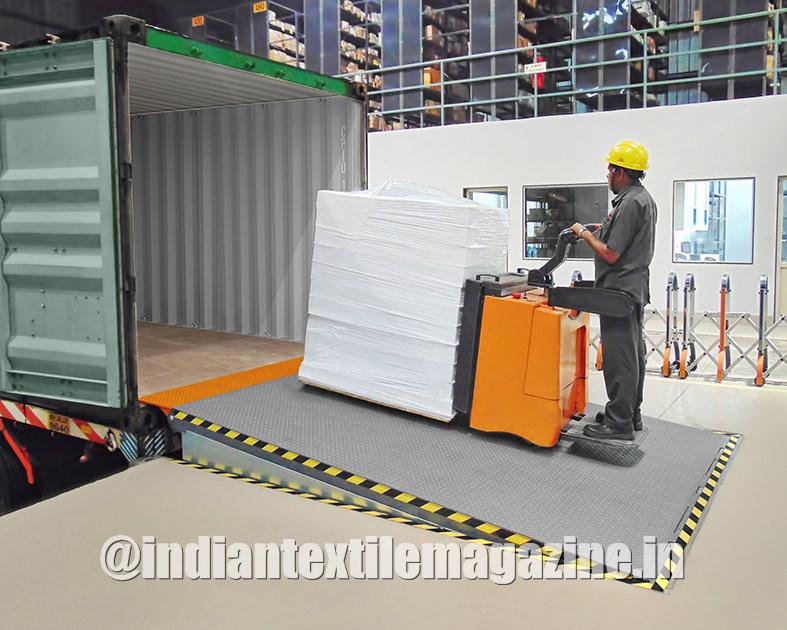Many facility supervisors look at their warehouses not from the outside, but from inside. Let us face it. If you get to work, go inside the warehouse and spend the rest of the day inside taking care of business.
Who is responsible for going outside and doing an actual equipment survey? Have you looked under your dock levelers, at your dock seals, checked the quality of your dock bumpers and wheel chocks or truck restraints (dock locks)? If you are responsible for ‘safety’, ‘efficiency’, ‘productivity’ and ‘compliance’, now is the time. Small repairs left unchecked can lead to huge expenses and sometimes employee injuries.
The type of goods your logistics center handles directly influences the types of vehicle and loading equipment you use, and, in turn, the types of the distribution vehicle, the goods and the processes you use will determine the type of loading bay you should have. Here, we discuss a few considerations one should take into account.
What type of vehicle do you need to accommodate? The size of the truck driving up to your loading bay will play a big part in choosing the loading bay. You need to choose a dock leveler that will ensure the smooth transition of goods between the docked vehicle and the loading bay and select a dock shelter and leveler that fits the vehicles you use. And if you work with a range of different sized vehicles, you should consider a dock leveler which is designed to work with vehicles of all sizes.
How are goods unloaded? If you work in a small vehicle logistics center which only deals with vans, you might use a small manual dock leveler suitable for personnel as they walk between the warehouse and the van. But if your loading and unloading process includes vehicles such as forklift trucks or electric pallet trucks you should choose a dock leveler with a high load capacity and which offers a smooth transition between the leveler and the vehicle bed.
If you deal in goods that are temperature sensitive you should consider an insulated load house package or an insulated dock leveler with dock shelter and insulated overhead sectional doors. Whereas if you deal with heavy goods you will definitely need a dock leveler with a high load capacity. It is important to determine the needs of your goods when choosing your loading dock equipment.
Keeping a well-maintained dock area not only helps things run smoothly, it also shows that your company takes pride in its shipping and receiving area, is energy conscientious, and knows that safety is most important.
Gandhi Automations manufactures loading bay solutions like dock levelers, dock shelters and sectional overhead doors. Dock equipments are designed and factory-made in a state-of-the-art manufacturing facility. The company’s dock equipment meets international safety standards like EN1398 for dock levelers and the product is CE marked. Thus, there are many things to consider when choosing a loading bay.
